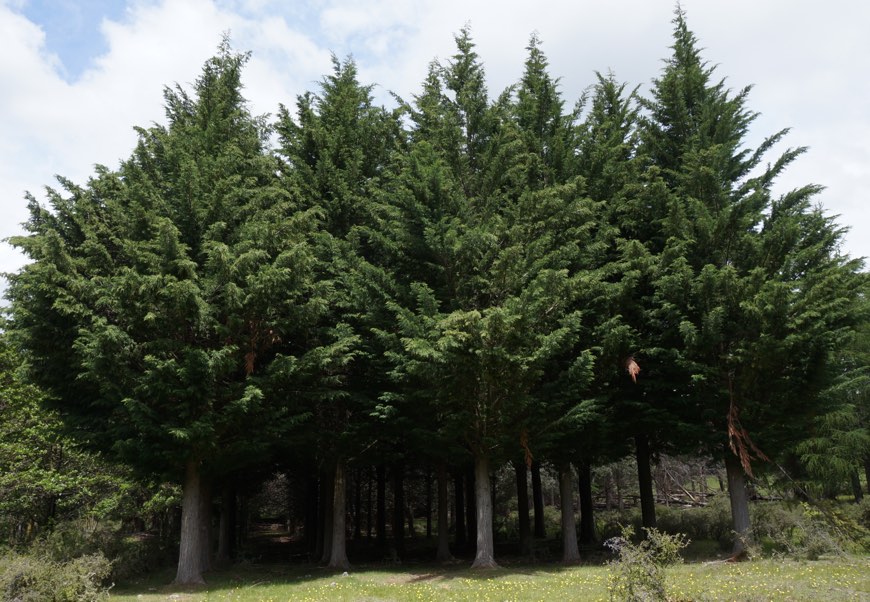Towards Commercialising Cypress as a High-Value Plantation Forest Species
Report Date: March 2017
Author: Dean Satchell, Sustainable Forest Solutions, R.D. 1 Kerikeri, Northland 0294
+64 21 2357554
dsatch@gmail.com
In memory of Allan Levett, cypress enthusiast and advocate for undertaking this research.
Special thanks and acknowledgement go to:
- MPI Sustainable Farming Fund
- Cypress Development Group (NZFFA)
- Marika Fritzsche
- Brian & Barbara Gibson
- Ben McNeil & family
- Andy & Tinks Pottinger
- Vaughan & Jude Kearns
- Angus Gordon
- Jeremy Thomson & Sashil Dayal
- Glenn Crickett & Catherine van Paassen
- Allan & Gail Laurie
- Neil & Pam Cullen
- John and Robyn Fairweather
- John Moore
- Charlie Low
- David Henley
Discussion
Maturity, Variability and Selection
Variability in performance (growth, form, disease levels) for the same clone, even within the same site and exposed to the same environmental conditions, was observed to be very high in these trials. This variability appears to be an important consideration when selecting best performing clones. The ideal clone would perform consistently well across a range of conditions (described as "resilience"). However, the influence that time has on variability remains unmeasured because the FRI historical cypress trials have not been assessed for the last 15 years. Environmental factors that cause variability over time may not necessarily cause significant variability in the early years of tree development, when selection might take place.
Selection of superior clones by tree breeders is usually perfomed at the earliest possible age, primarily because of cost constraints. Having confidence that such a selection is indeed ready for deployment can only be described as a judgement call. The longer that clones are evaluated in field trials before selection, the more likely their performance will hold true to the expectations given at the time of selection. This might mean provisional selection of high numbers of clones that later get narrowed to the very best selections. In the meantime all would require stool beds to gear up for deployment. This comes at a cost and in a climate where industry funding for improving the species is very limited, given the lack of current interest in the species.
Observations of Maturity and Selection
Of primary interest in evaluating these mature (20 year old) trees, in this case identifiable by clone, was how maturity affected selection criteria and whether additional selection criteria could or should be applied in future. Of particular interest was whether traits identified at an early age as good, remained good as the clone matured and whether poor traits that should be selected against may not be expressed in younger trees. For example, cypress clones such as Kukupa, selected on early growth and form, have later been discarded due to severe disease load that was not observed when the clone was originally selected. Many of the selections in the trials evaluated in this research were also selected on early growth and form (P. Milne pers. comm.).
Important performance criteria identified from carefully observing mature trees in the historical FRI cypress trials, but for which empirical data is not available as a time series include:
- Top breakage, dead tops, stem snapping and propensity for toppling. These appear to be expressed later in the life of a clone, and more consistently in some clones than others;
- Canker disease, which is evident in mature trees but is not necessarily present in young trees;
- Fluting, which may not be obvious in young clones and may later develop into deep flutes.
Variability in performance, even within a site, is also an important selection criteria that cannot be readily assessed in young clones.
Susceptibility to environmental factors
Wind, soil moisture and soil fertility are well known environmental factors that heavily influence cypress productivity. Selecting for resilience to these is important in clonal programmes, but only longer term evaluations offer certainty to growers on which clone(s) to select and grow. Each clonal selection made in future should be trialled across a range of sites to improve confidence in it's performance and suitability for the site.
Cypress is well known to be relatively site demanding and subject to environmental factors that regulate productivity including exposure, salt laden winds, soil moisture / depth and soil fertility. Although to some degree dependant on each clones level of resilience to the combination of environmental conditions it was subjected to in these trials, it was observed that cypress in general was surprisingly resilient to poor soil fertility and low soil moisture, which did affect growth to some degree but not survival. Some clones, in particular the leyland group, showed higher resilience to low fertility than macrocarpa.
.jpg)
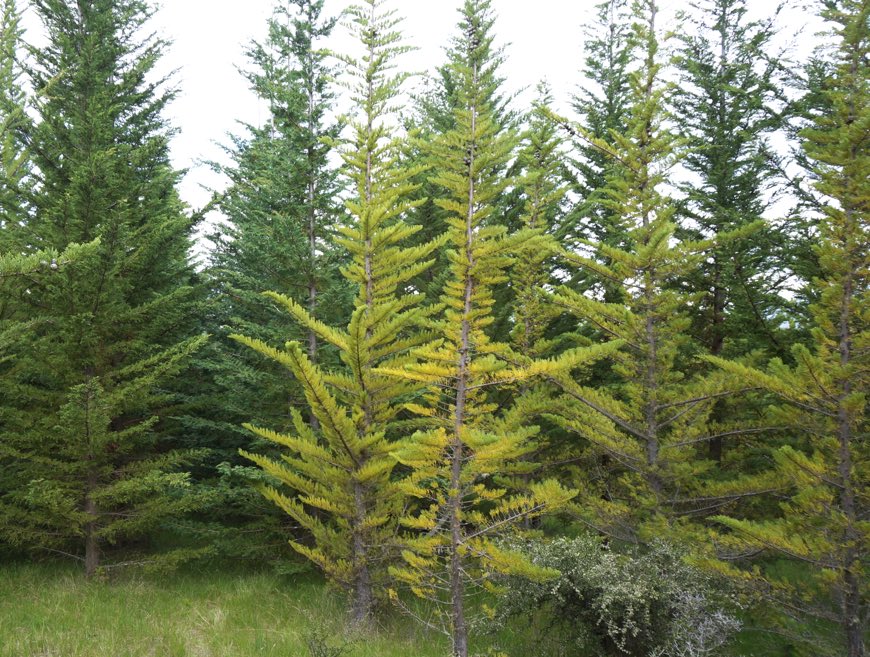
Performance and canker disease
Of particular interest from these trials were levels of stem canker found in mature trees, along with general form as mature trees. The clones in these trials were mostly selections made in the 1990's, along with some control seedlines for comparison. In the authors view this trial series clearly demonstrates that early selection of cypress clones involves considerable risk that longer term performance will not live up to expectations. Longer term "follow up" trials are required to ensure that selections do indeed live up to expectations by monitoring parent trees over longer time periods. Whether this should happen in all cases before deployment probably depends on the level of confidence the market has in the clone, but unusual events such as severe storms and droughts may subject the selection to stresses not encountered in the trial process.
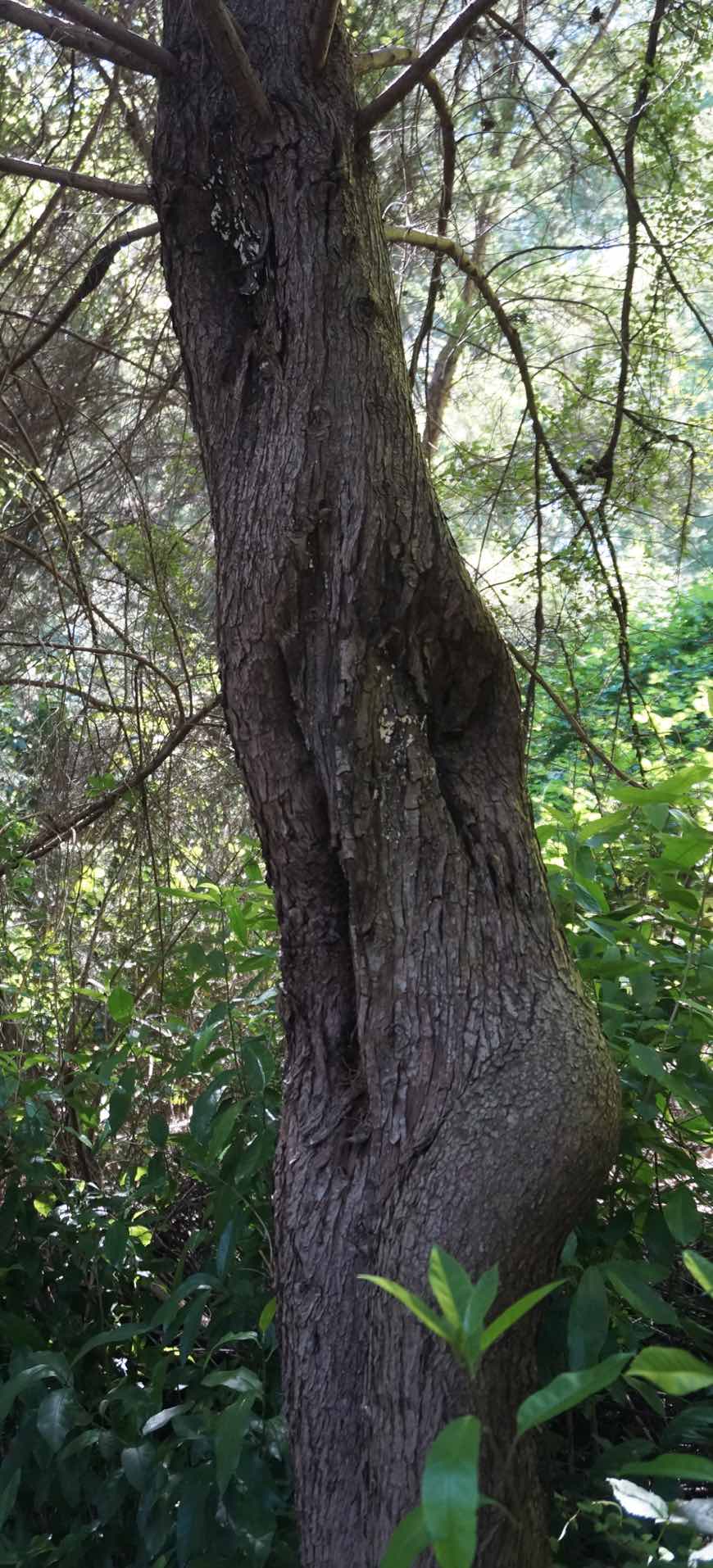
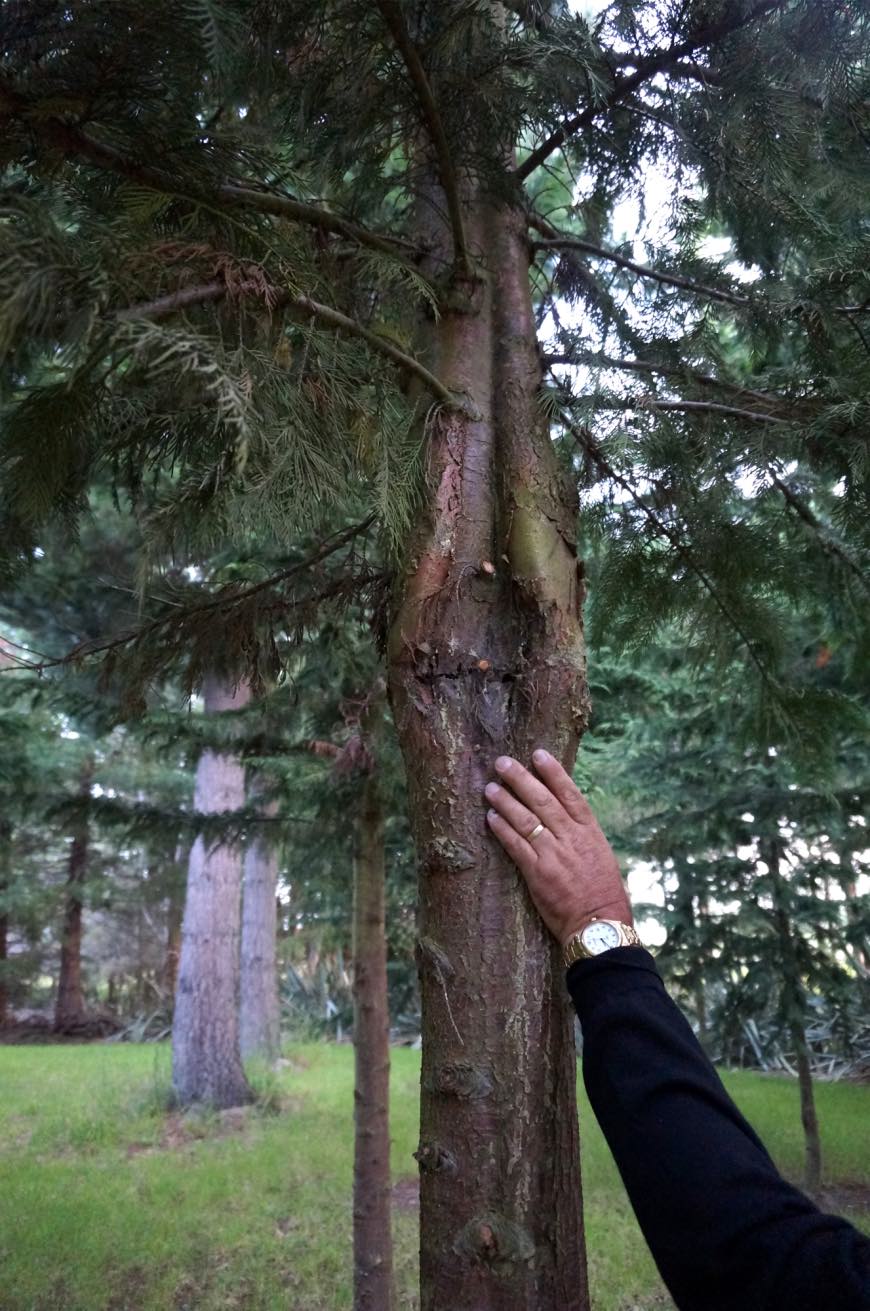
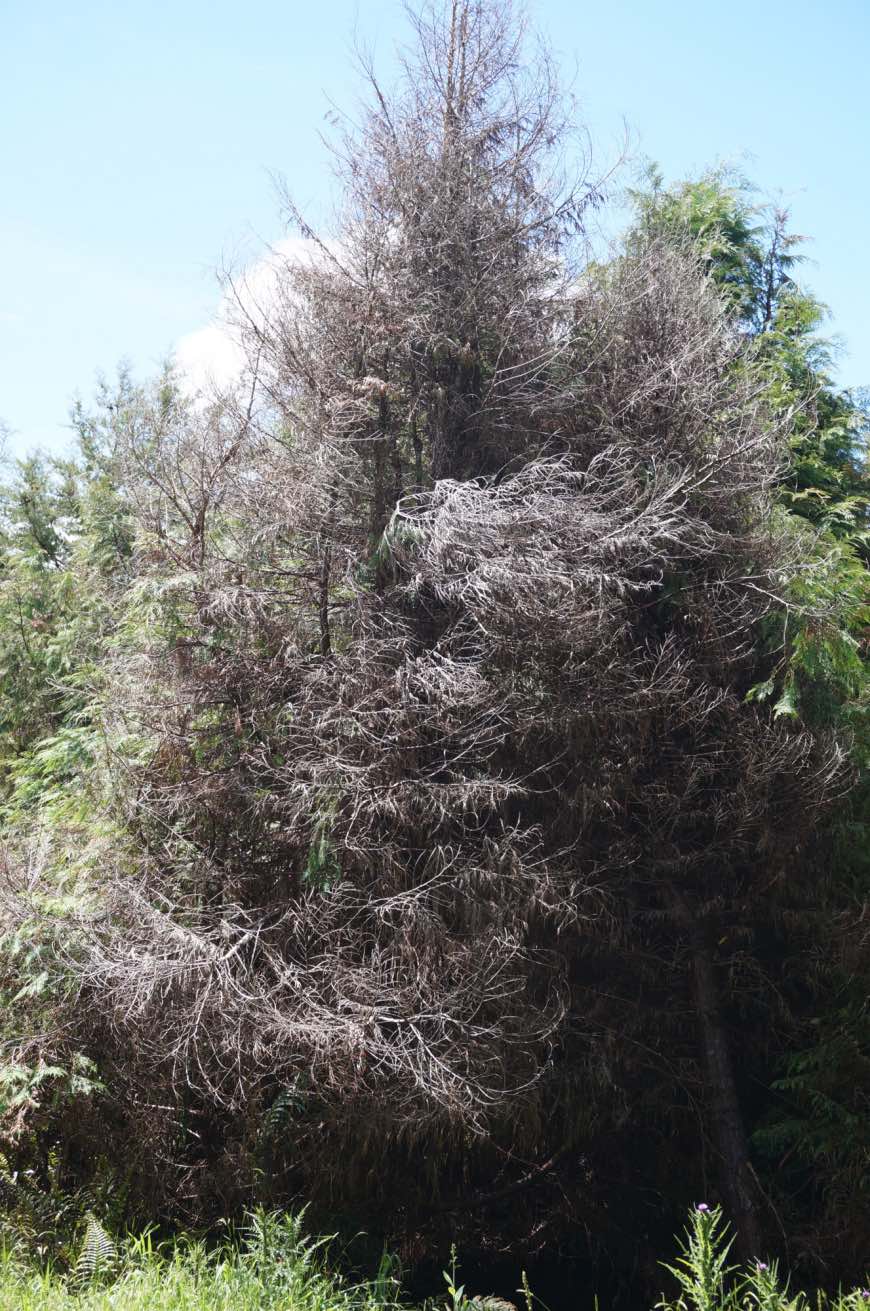
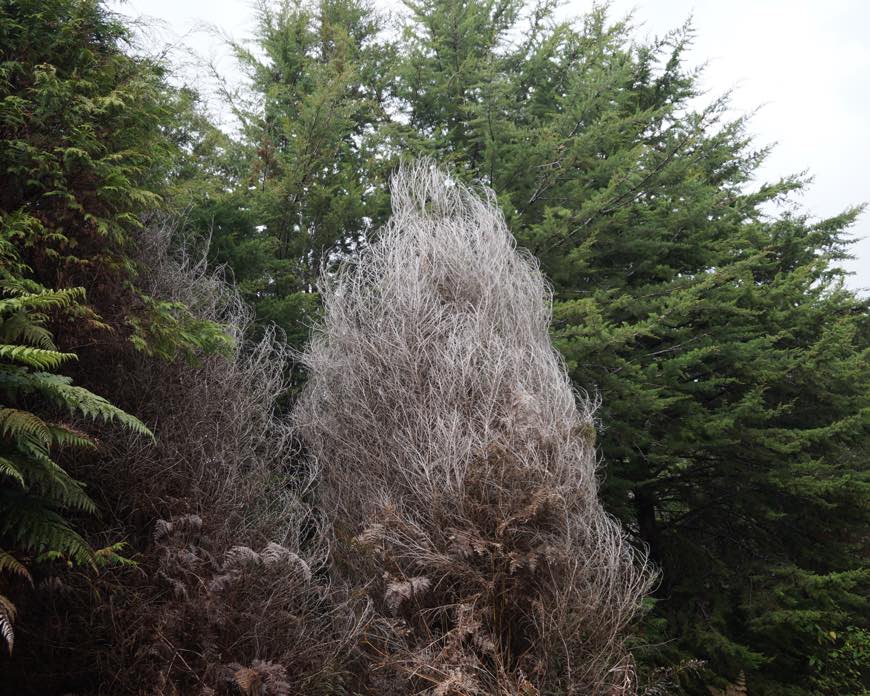
Performance and fluting
Fluting, like stem canker, takes time to develop. Fluting depth was observed to be related to both clone and age of tree. In some cases fluting even without the presence of canker, significantly devalued the log
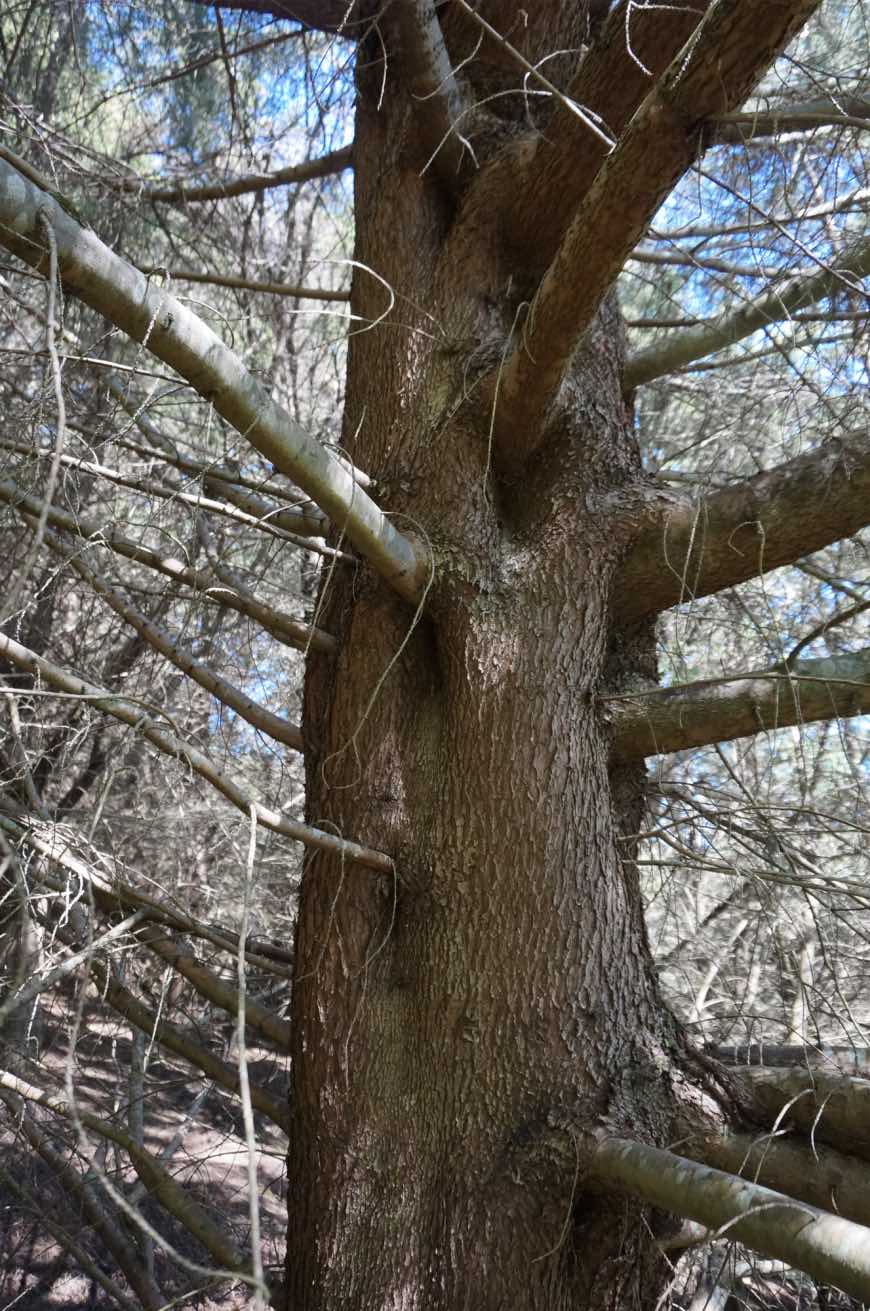
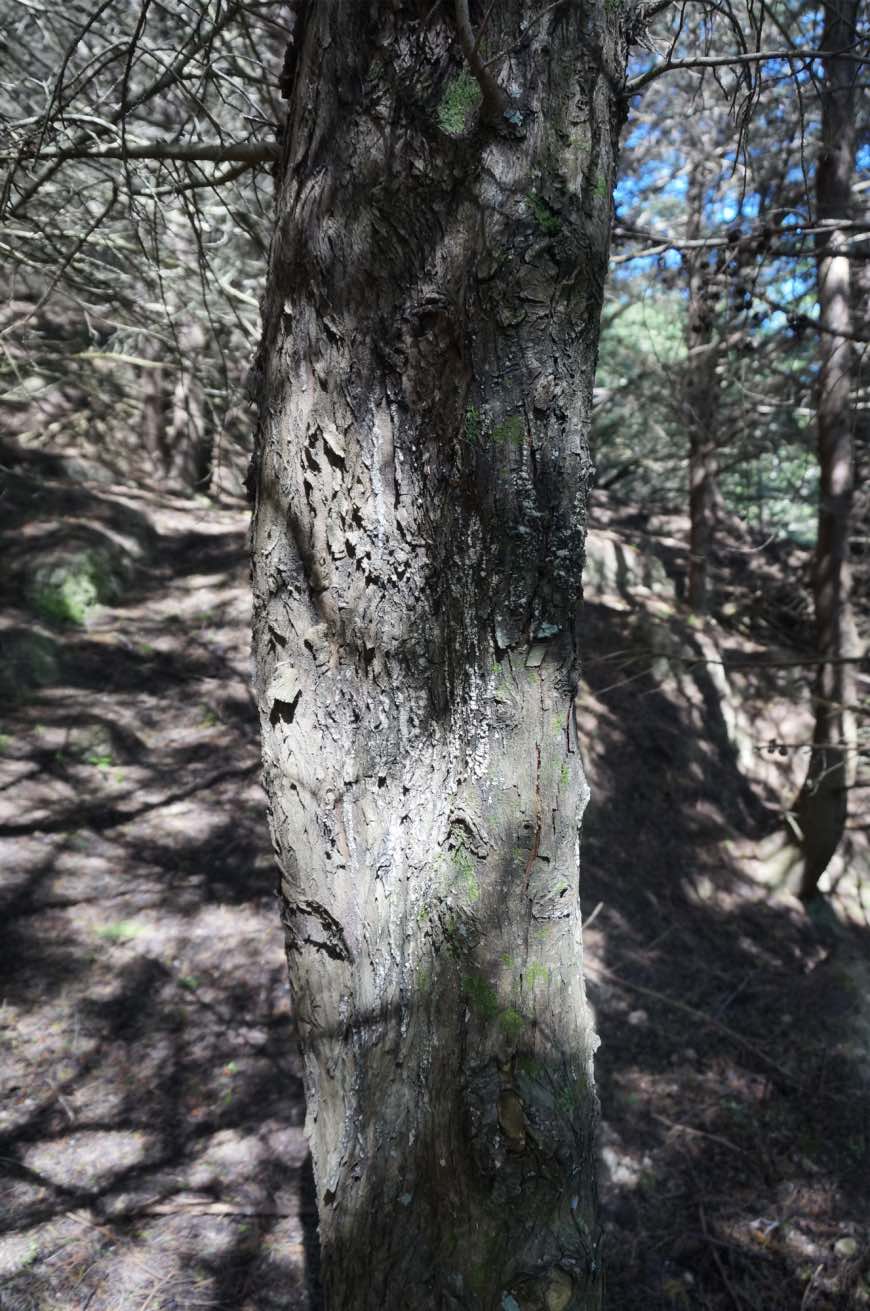
Performance and wind firmness
Propensity for topple appears to be related to genotype rather than being only a site issue. Only longer term trials can confirm stability of cypress clones, in this case toppling was measured from 15 year old trees as a result of a severe wind event in Canterbury, with some clones showing a propensity for toppling while others were secure. There had not been any significant toppling events in this stand previously.
.jpg)
Performance and form
Form is difficult to assess in younger trees. Form develops over time and may be influenced by unusual wind events in some clones more than others. Top breakages and the individual trees response to these negatively influenced the average score for some clones much more than others. By the age of twenty, these historical cypress trials could be accurately assessed for form, with some breakages happening in "weaker clones" even in the last 5-7 years. Form develops over time.
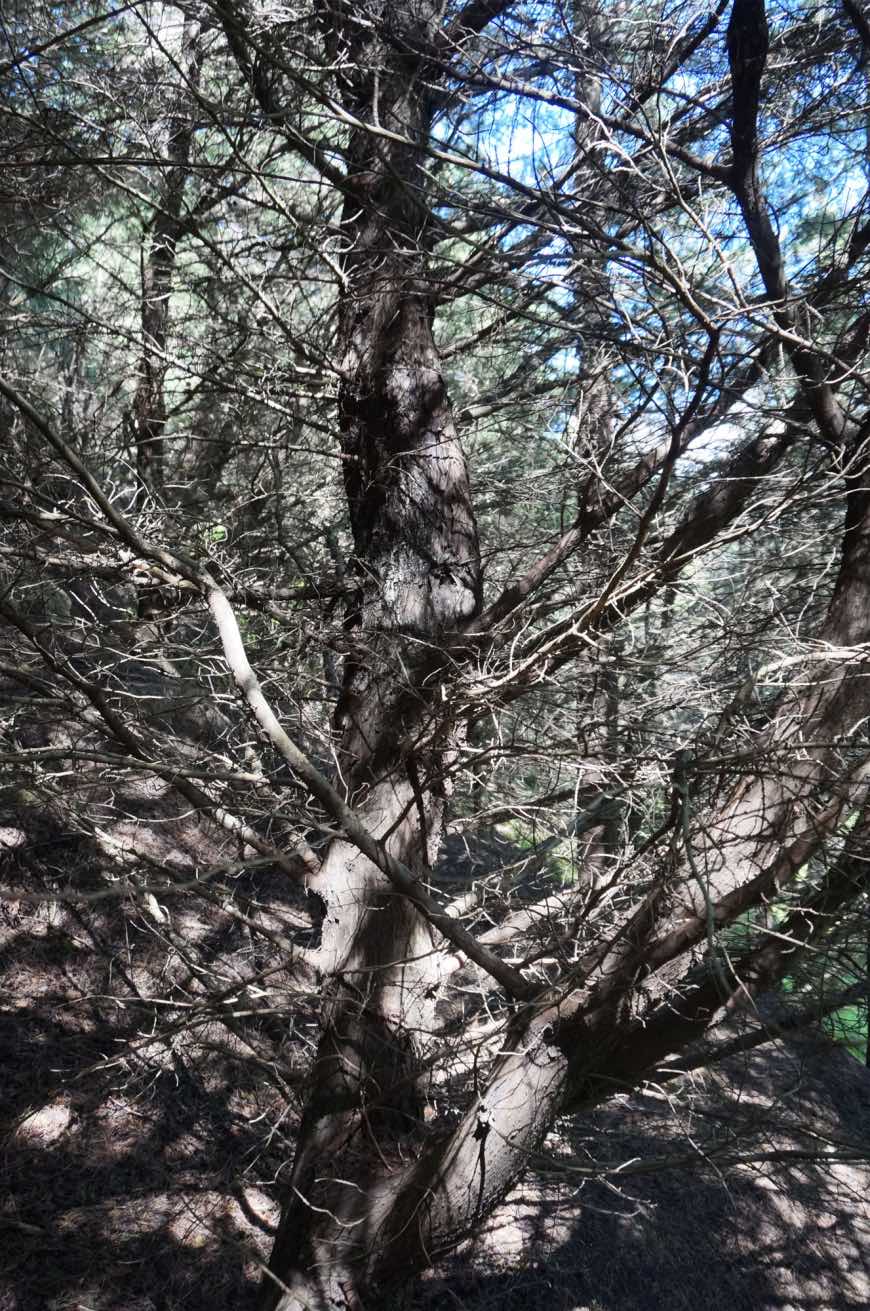
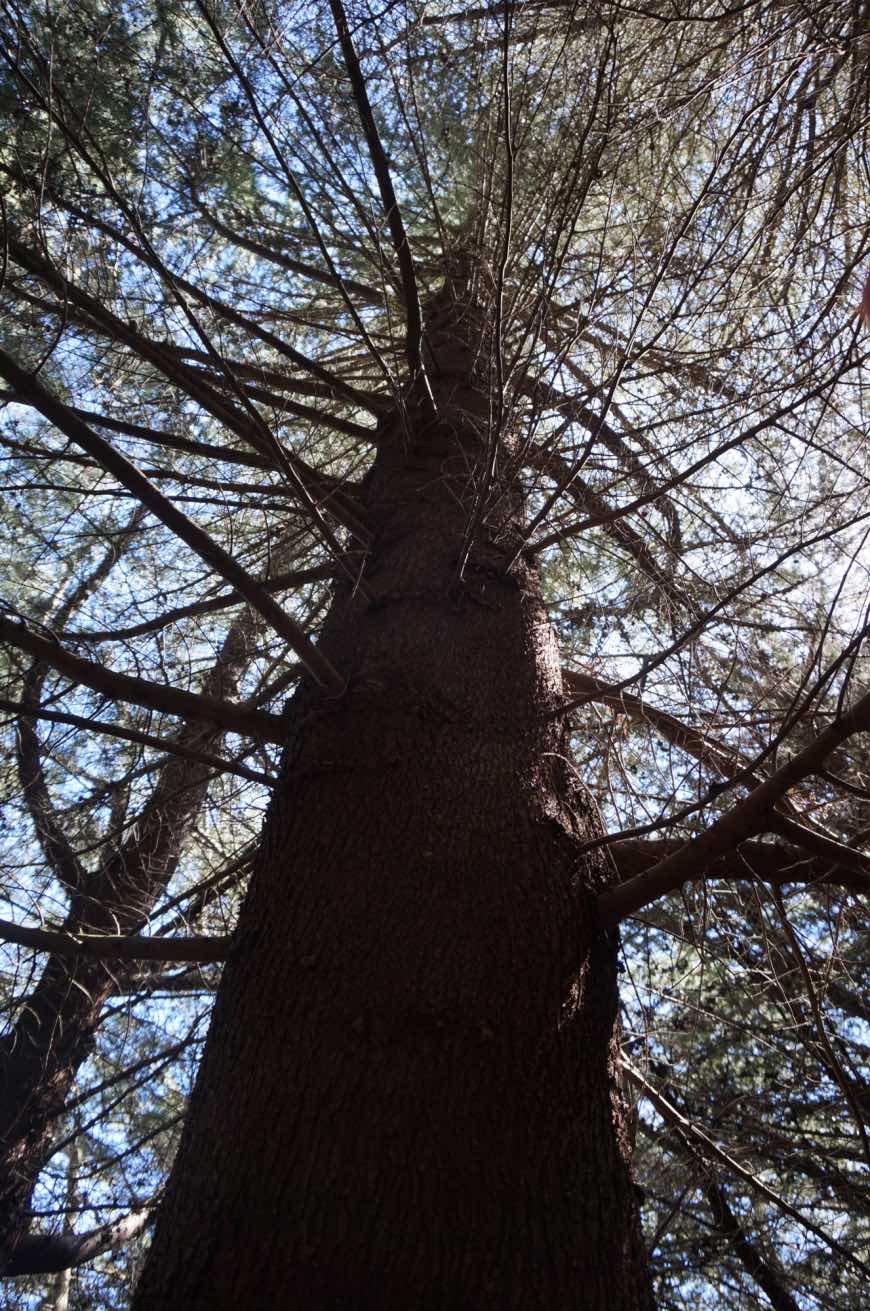
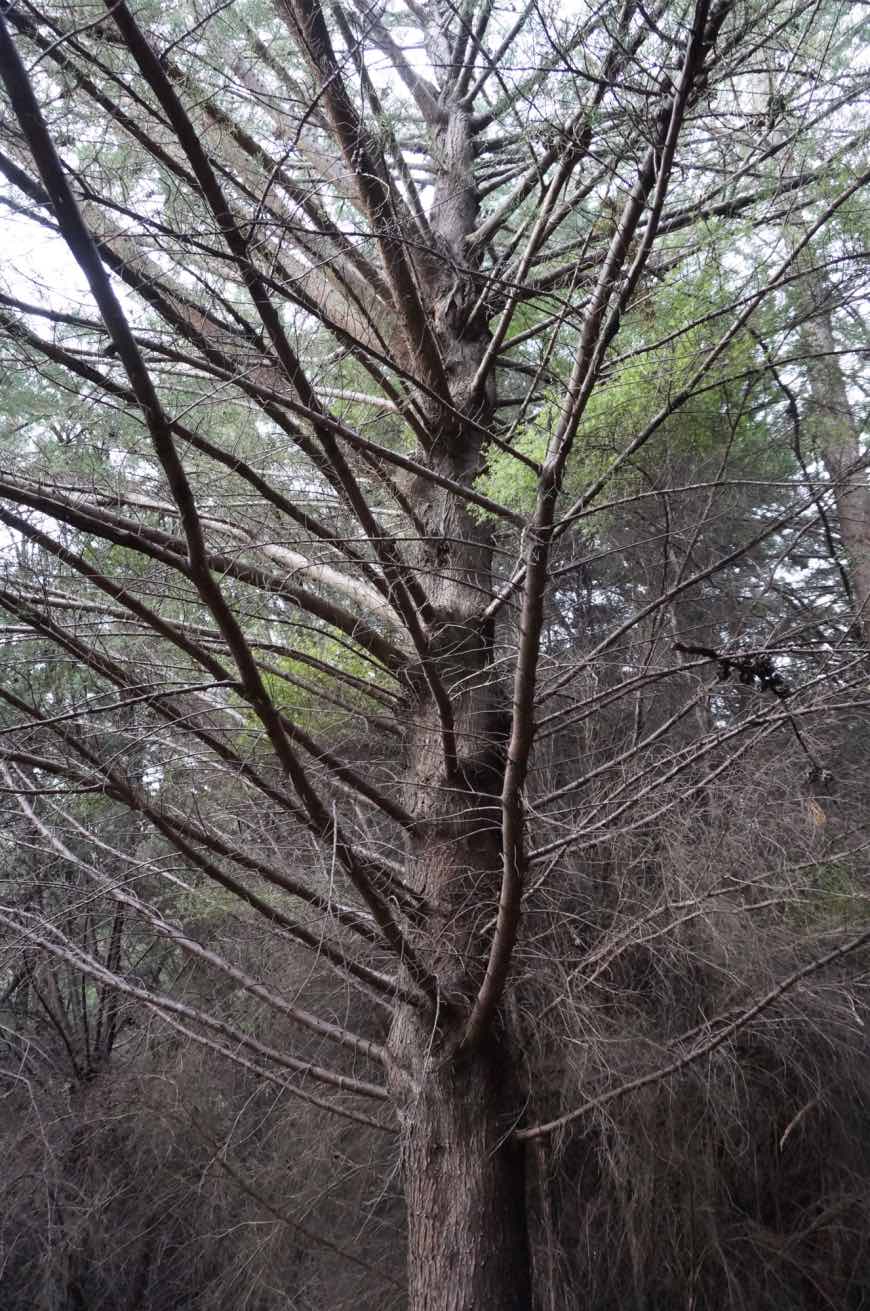
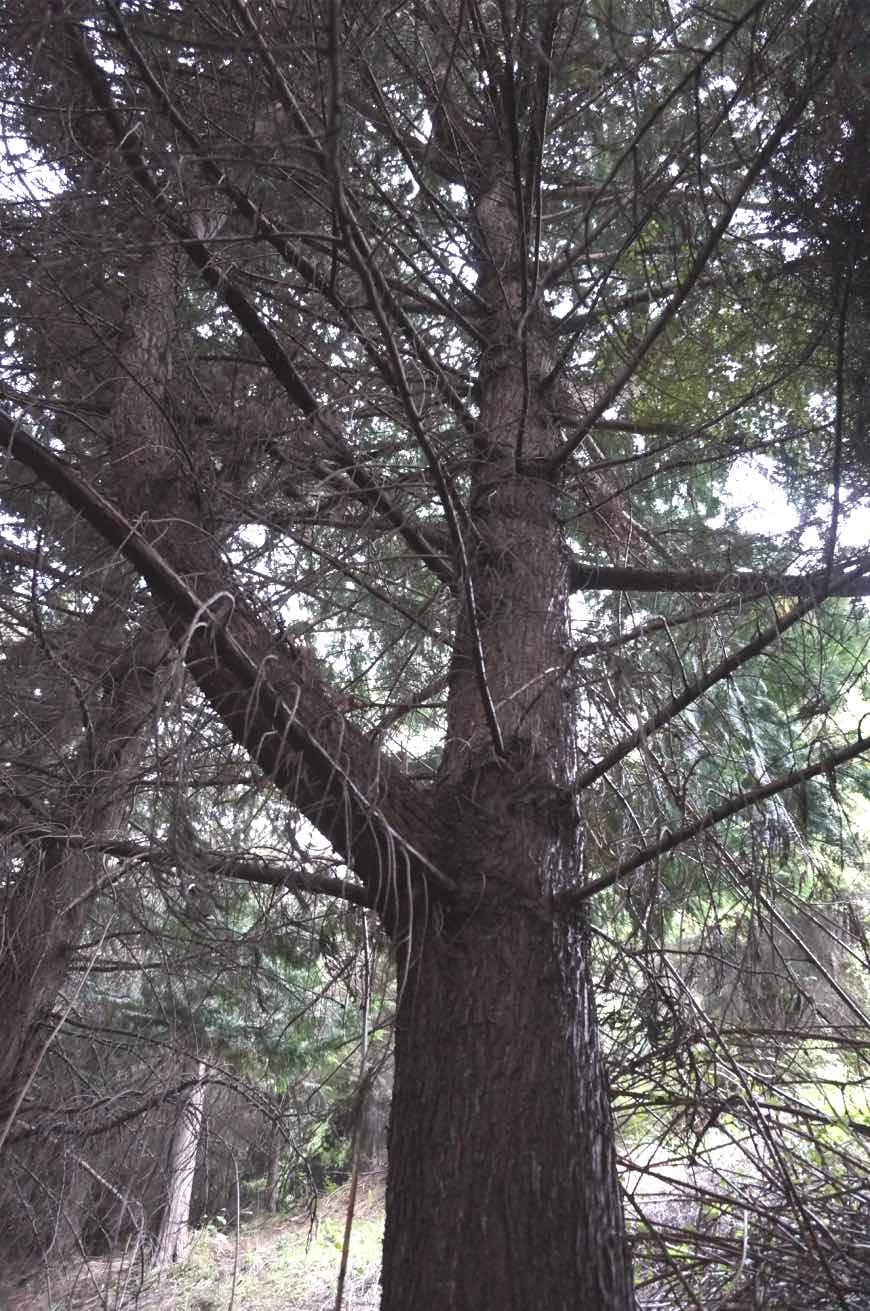
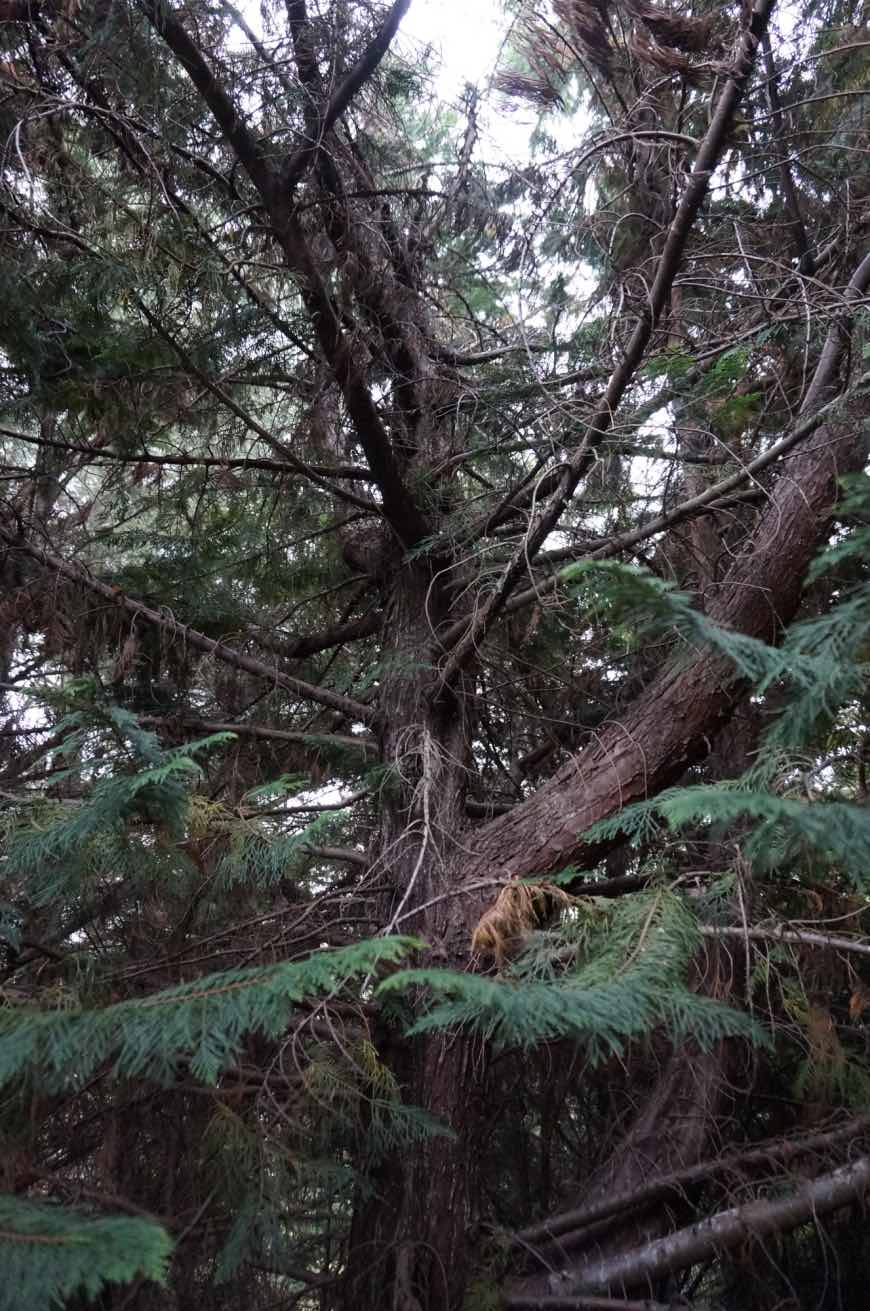
Branching and performance
What might present as a fine branched clone in the early years of development might later become a heavily branched tree with poor crown form, such as observed in these trials with the NZR clone. Branchiness can be classified as two distinct types: "Heavy branching" where large branches or ramicorns develop that cause a large but localised defect in the log and "Branchiness", which would be defined as lots of branches per metre of trunk. Longer term trials would be able to evaluate variability for these traits within clone and also assess the level of these in the crown of a mature tree.
Physiological Maturation and clonal selection
Accumulated maturation during many cycles of vegetative propagation is well known to result in lower vigour and plagiotropic growth in many conifer species. Physiological ageing (maturation) is the primary problem with vegetative propogation of some conifer species, resulting in the need for continued improvement programmes where new propagules are produced on an ongoing basis. Cypress may be an exception to this, with leyland cypress clones being propagated successfully for over 100 years. Plagiotropic growth is avoided using nursery techniques and vigour remains good, along with ease of propagation. The need for retaining youth in cypress clones has yet to be scientifically justified. Ease of propagation, however, does vary considerably between clones, with some clones producing rooted cuttings far more easily than others. This would remain a key selection criteria for cloning cypress, regardless of whether propagated from juvenile, rejuvenated or mature trees.
Breeding for tolerance to cypress canker
The cypress breeding programme that has been running for over two decades has resulted in clonal selections of C. macrocarpa that may offer some canker resistence. These selections have been made since the planting of these historical trials. Claims of canker resistence can only be made once verified over time in a location, perhaps requiring 10-15 years of clonal field trials before having confidence in performance of any one clone.
Selection for deployment
The challenge for breeders is clearly one of time frames. A short turnover time between sowing seed, selection and deployment is clearly desirable, but this entails risk. Holding clones in stool beds for long periods of time is costly and frustrating for those wanting deployment to their plantations. Moving forward, the suggested trade-off is a refocus of efforts away from the next generation of seed orchards towards testing and releasing named superior clones that are available now and can be evaluated for good wood properties.
Species observations and siting issues
The cypress species trialled so far in New Zealand each appear to have strengths and weaknesses.
Species included in the FRI historical trials included C. pigmae, Ch. nootkatensis, C. chengiana, C. macrocarpa, C. lusitanica and hybrids.
The Asian cypress C. chengiana was only found at one site, Wairarapa. C. chengiana is much slower growing than the New World cypresses at this site, but was completely unaffected by canker, with excellent form and light branching.
C. pigmae was only found at Ribbonwood in the Canterbury high country. It was also planted near Blenheim in Marlborough, where it is reported to have sugffered from canker and was subsequently removed. At Ribbonwood it was well adapted to the dry windy conditions with heavy snowfalls in winter. The species had a health crown and no stem canker, but responded to the windy dry conditions by branching very heavily.
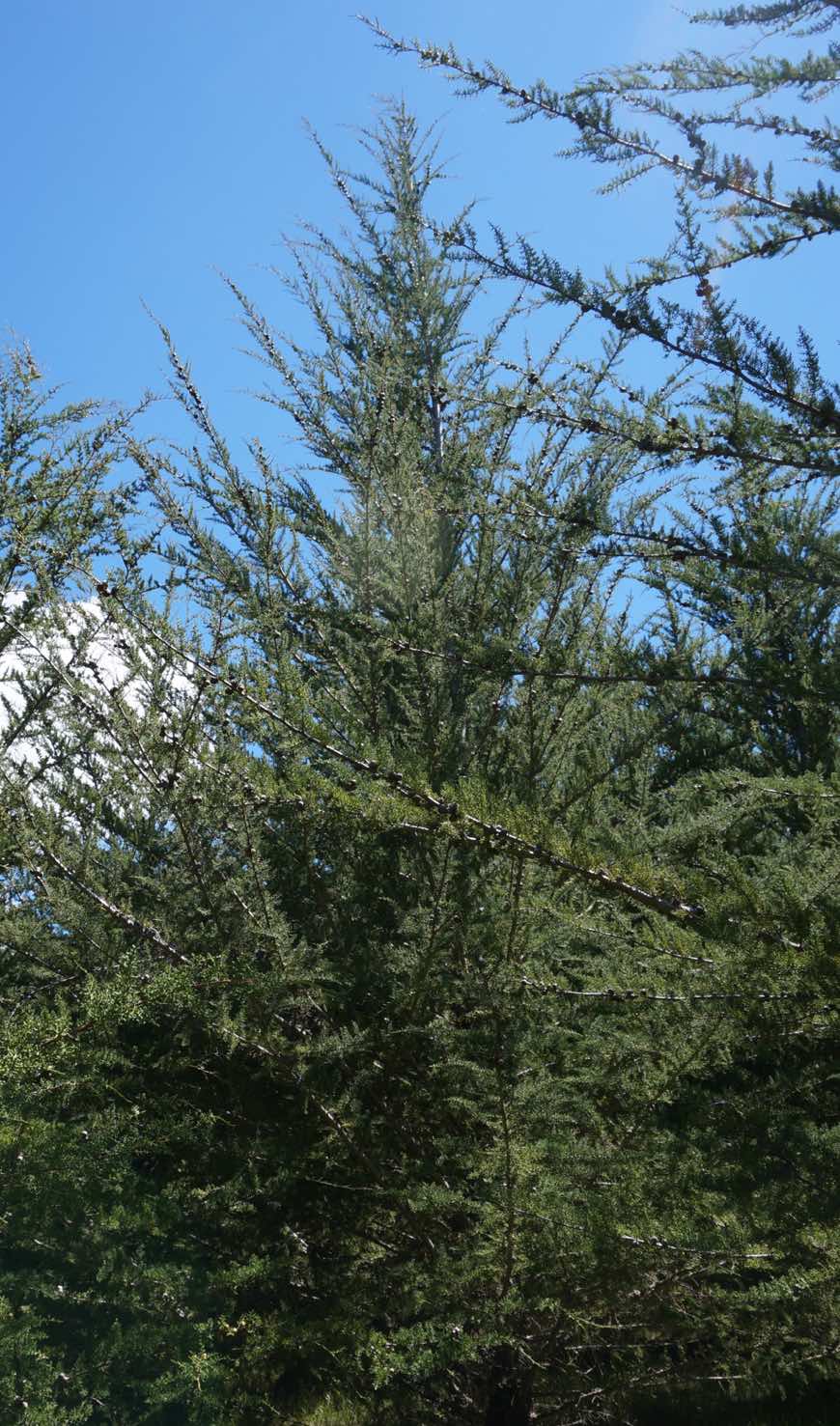
C. macrocarpa was heavily affected by canker in almost all locations except in the Canterbury high country, but proved resistent to wind in very windy sites and was vigorous in all sites except where soil nutrients were too low to support growth.
C. lusitanica did not perform well on windy sites and required a similar nutrient status to C. macrocarpa.
Hybrids between C. lusitanica and C. macrocarpa appeared to offer the "best of both worlds", with good resistance to wind, good resistance to canker and good growth. However, the best of these (BHYB1 and BHYB2) were only found on a very limited number of sites and other hybrid selections, although tolerant of wind and relatively free of canker, had form issues.
Chamaecyparis nootkatensis was present at three sites and was always very healthy, but very slow growing. It had form issues, in particular heavy ramicorns were common. This species appeared to be tolerant of infertility, and although very slow growing in low fertility sites, appeared healthy where other cypress species never grew at all.
.jpg)
The Leyland hybrids and Ovensii were slower growing than lusitanica and macrocarpa but appear to have inherited Ch. nootkatensis's tolerance for infertile sites.
Combining strengths
Siting of cypresses appears to follow the old adage of "Horses for courses". Inter-species hybrids could be bred for specific sites by using the strengths of each parent species to advantage. High-country conditions are very different from those in lowlands and smart breeding strategies would look carefully at the strengths of different species and cross for F1 hybrid clones that are adapted for the conditions and produce the right wood (durable, coloured).
